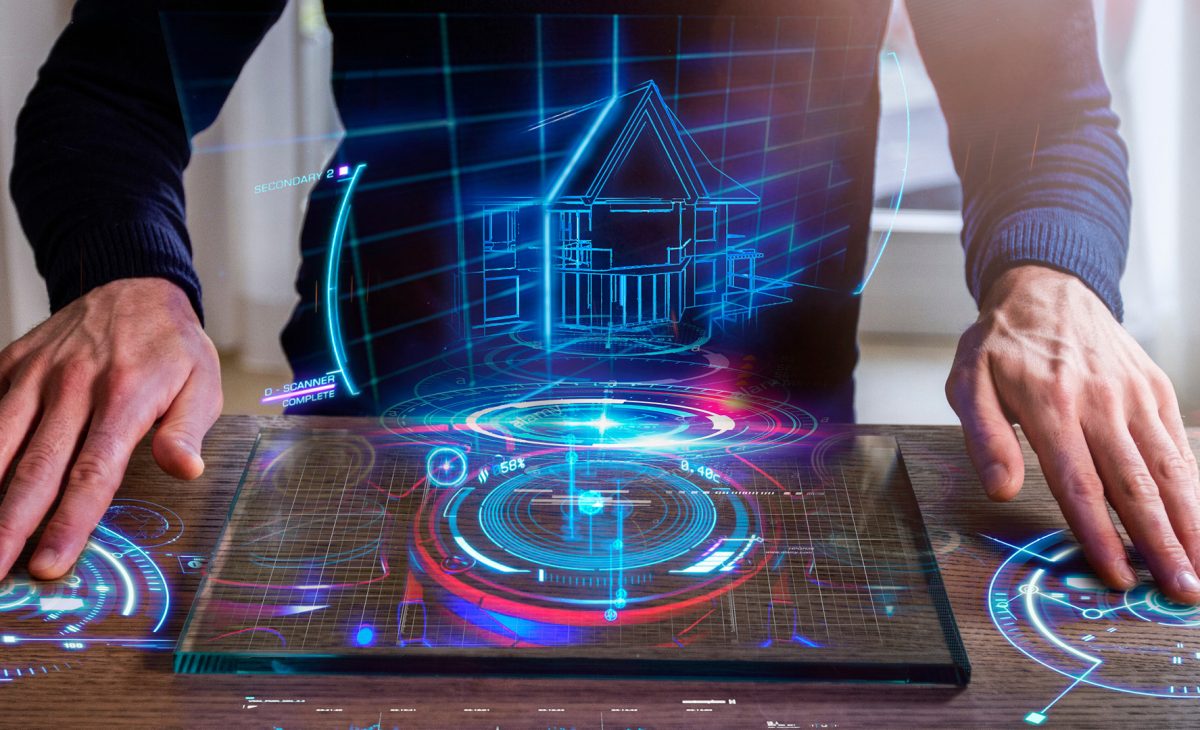Industry Challenges
With annual revenues of nearly US$ 10 trillion, or about 6% of global GDP, the architecture, engineering and construction (AEC) industry is a cornerstone of the world’s economy. It serves almost all other industries, much of whose value creation involves buildings, infrastructure facilities, and other “constructed assets”.
overview of the project
overview of the project

- An automated creation of enhanced building information models
- A renovation decision support system to aid the designer in exploring available renovation options through an the accurate estimation of renovation impact on building performance
- A process management tool which will optimize the design and on-site construction process toward optimal coordination and minimization of renovation time and cost.
- Finally, the project is about an interoperability framework among BIMERR tools as well as with third-party legacy ICT tools in order to enable seamless BIM creation and information exchange among AEC stakeholders in an effort to enhance the rapid adoption of BIM in the renovation of the existing building stock in the EU countries, as a start.
Objectives of BIMERR
Facilitate the acceleration of the renovation trend in order to meet the EU policy objectives by demonstrating the BIMERR tools in actual renovation sites to prove their impact and providing best practice examples to the AEC community
Establish semantic interoperability among the diverse popular standards, formats and data models in the construction industry and reach out to standardization bodies with concrete and demonstrated proposals for linking and mapping them toward a unified way to retrieve building information
Develop innovative methods, techniques and tools for the (semi-)automated creation of enhanced digital building models of existing buildings to remove one of the main barriers to renovation
Deliver novel renovation support tools to ease and improve the efficiency of the renovation process for all stakeholders involved
Promote the adoption of the BIMERR solution as renovation-enabling toolkit through intense dissemination and knowledge transfer of the project outcomes toward the targeted stakeholders, reaching out to audiences within and beyond the EU
Scope
1. Interoperability throughout the BIM ecosystem, to ensure information exchange in a semantically & syntactically coherent manner
2. Renovation process improvement, to address the key issue of lacking adequate digital models
3. Innovative renovation-support tools for end-users, to lower entry barriers for the proliferation of building renovation activities
impact
The application of BIMMER technologies in specific use-cases should demonstrate the enormous opportunities along the value chain, from early conceptual design to on-site works and post-renovation building operation. Main impacts expected to be:
1. Reduction of the renovation working time of at least 15-20% compared to current practices with the baseline defined in the proposal.
2. Acceleration of the market uptake across Europe, by speeding-up industrial exploitation, in particular amongst constructing/ renovations companies with a target of 50% of their renovation business based on BIM.
3. Creation of best practice examples for the construction retrofitting sector with benefits for the operators and associated stakeholders (architects, designers, planners, etc.).
